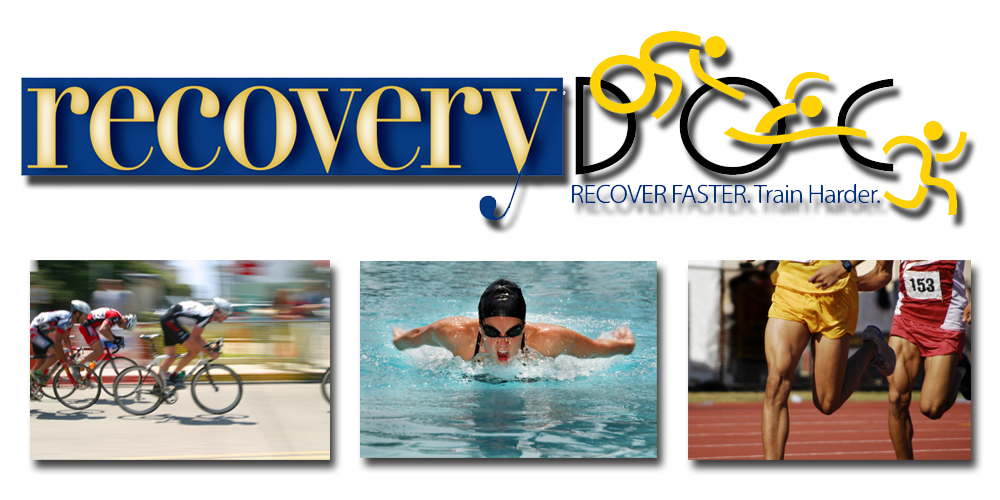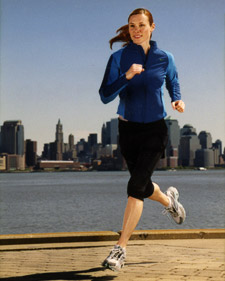Leaping ability is a quality that has categorized basketball players since Dr. James Naismith invented the game in 1891. How high a player can jump has a significant impact in determining their potential, or better yet, their careers. Think about it! How often do we focus on the number of inches between the court and the players’ sneakers? It seems as though we are now more amazed by an athlete's ability to jump, rather than the skills he or she may possess.
Every year in March, it seems we are discussing the average skilled NCAA athlete with a leaping ability that is through the roof, so to speak. Over the past few years, there have been multiple players referenced, most notably Joe Alexander from West Virginia, Corey Brewer from Florida and Tyrus Thomas from LSU. These players were prime examples of average skilled athletes with tremendous leaping ability. And what happened to them? Well, they’re in the NBA of course! That being said, more focus should be placed on the health and well being of a crucial part of the leaping ability; the knees.

Patellar tendonitis, commonly referred to as Jumper’s Knee, is one of the most popular conditions that can hinder, sideline, or even force a player to end his or her career. This condition is a repetitive stress injury of the patellar tendon (the tendon that connects the knee to the shin) and gets its name from, you guessed it, jumping too much! The symptoms can vary in degree, and are characterized as pain and tenderness just below the knee cap, or patella. With a condition so simple, it seems as though treatment would be the same. However, it’s not.
The suffix of the condition, patellar tendonitis, implies that it’s an inflammatory condition. This traditionally calls for treatment including rest, ice, anti-inflammatory medications, therapeutic ultrasound, all directed towards reducing inflammation. However, the condition is actually a tendonosis, which suggests that there is a dysfunction within the tendon, and actually no inflammation at all. This completely changes the treatment protocol.
Jumper’s knee, which should be known as patellar tendonosis, is actually a degeneration of the patellar tendon which leads to eventual fibrosis and adhesion formation within the tissue. This condition is still believed to be caused by repetitive stress of the patellar tendon. However, it is suggested that the tendon dysfunction is accompanied by aberrant motion of the patella as well. Therefore, rather than focusing on reducing inflammation, the appropriate treatment should be to address the function of the patellar tendon and joints of the knee.
Initial treatment should include heat and electric muscle stimulation to allow an increase of blood flow to the affected area, and help promote tissue healing. Soft tissue therapy, such as the Graston Technique, is beneficial in reducing the amount of fibrosis and adhesions within the patellar tendon. Also, manipulation of the patellofemoral (knee) joint may be necessary to assure the joint is functioning properly. These initial steps will help address the tendon dysfunction, as well as aid in pain control.
 Further treatment may include Kinesio Tape on or around the patella to help re-educate the knee musculature into proper biomechanics. This is followed by rehabilitation of the knee, which includes multiple stretching and strengthening exercises. The idea is to educate the knee musculature to work properly, and then to strengthen the affected muscles in order to avoid future injury. Treatment frequencies and length of treatment may vary based upon the severity of the condition. This is why it is very important to recognize the early symptoms, and get treated to avoid future complications.
Further treatment may include Kinesio Tape on or around the patella to help re-educate the knee musculature into proper biomechanics. This is followed by rehabilitation of the knee, which includes multiple stretching and strengthening exercises. The idea is to educate the knee musculature to work properly, and then to strengthen the affected muscles in order to avoid future injury. Treatment frequencies and length of treatment may vary based upon the severity of the condition. This is why it is very important to recognize the early symptoms, and get treated to avoid future complications. The ability to jump has become one of the most important factors in determining an athlete’s future. In many ways it has surpassed the importance of the fundamentals of basketball as we know them today. Therefore, in addition to the many shooting drills, sprints, and defensive slides done on a daily basis, early recognition of sub patellar knee pain should be practiced as well. After all, it just might help you make your career!





















.JPG)




